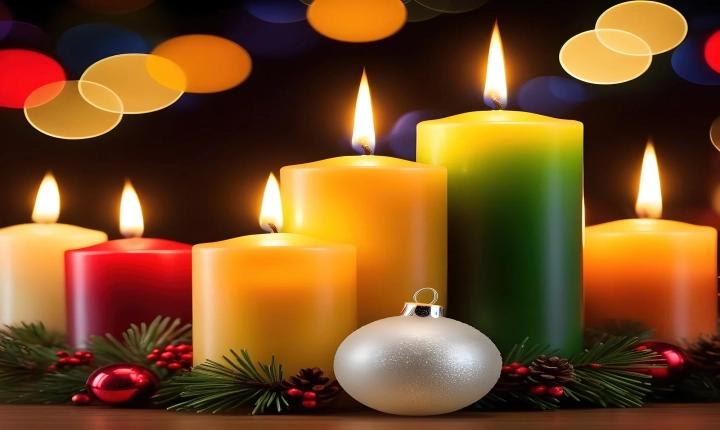Title: Can AI Paint Me a Picture? Exploring the Intersection of Art and Artificial Intelligence
Art has long been considered a uniquely human expression, reflecting our emotions, experiences, and creativity. The art world has been shaped by the hands and minds of countless individuals, each contributing to the rich tapestry of human creativity. However, with the rapid advancements in technology, particularly in the field of artificial intelligence (AI), a new question arises: can AI paint me a picture?
The idea of AI creating art may sound like something out of a science fiction novel, but it is a reality that is already unfolding. AI algorithms have been developed to generate visual art, some of which have gained recognition in the art world. These algorithms are trained on vast datasets of artistic works, learning the patterns, styles, and techniques of various artists. Using this knowledge, AI can generate original pieces of art that mimic the styles of famous painters or create entirely new and unique artworks.
One of the most well-known examples of AI-generated art is the “Portrait of Edmond de Belamy,” created by the Paris-based art collective Obvious using a type of AI algorithm called Generative Adversarial Networks (GAN). The portrait, which depicts a fictional nobleman, was sold at auction for over $400,000, sparking discussions about the role of AI in the art world and the nature of authorship in artistic creation.
The emergence of AI-generated art has raised complex and thought-provoking questions about the nature of creativity, originality, and the human experience. Can AI truly be considered an artist, or is it simply a tool that replicates the work of human artists? Does AI art possess the emotional depth and personal expression that is often associated with human-created art? These are questions that continue to spark debate and contemplation among artists, scholars, and art enthusiasts.
On one hand, supporters of AI-generated art argue that these algorithms have the potential to expand the boundaries of creativity and inspire new forms of artistic expression. AI can analyze and interpret vast amounts of artistic data, allowing it to create unique compositions that may not have been possible through traditional methods. Furthermore, AI can provide a platform for collaboration between human artists and machines, leading to unexpected and innovative artistic outcomes.
On the other hand, skeptics raise concerns about the potential loss of the human touch and emotional connection in art. They argue that art is a deeply personal and reflective process that stems from the human experience, and that AI lacks the capacity for genuine emotional expression. Additionally, there are ethical considerations surrounding the commercialization and ownership of AI-generated art, as well as the potential for exploitation and plagiarism.
As the debate surrounding AI-generated art continues, it is clear that the relationship between art and artificial intelligence is complex and multifaceted. While AI has shown the ability to produce visually stunning and thought-provoking artworks, the fundamental question of what it means to be an artist remains open for exploration. The intersection of art and AI challenges us to rethink our preconceptions about creativity, originality, and the boundaries of artistic expression.
In conclusion, the notion of AI painting a picture raises profound philosophical and ethical questions about the nature of art and creativity. Whether AI can be considered a legitimate artist, or if it simply mimics the work of human creators, is a topic that will continue to unfold in the coming years. As technology continues to advance, the potential for AI to contribute to the world of art is undeniable, but the impact of AI-generated art on the human experience and artistic identity requires careful consideration and ongoing dialogue. Art and AI may seem like unlikely bedfellows, but as the boundaries between human and machine continue to blur, the art world must grapple with the implications of this evolving relationship.
